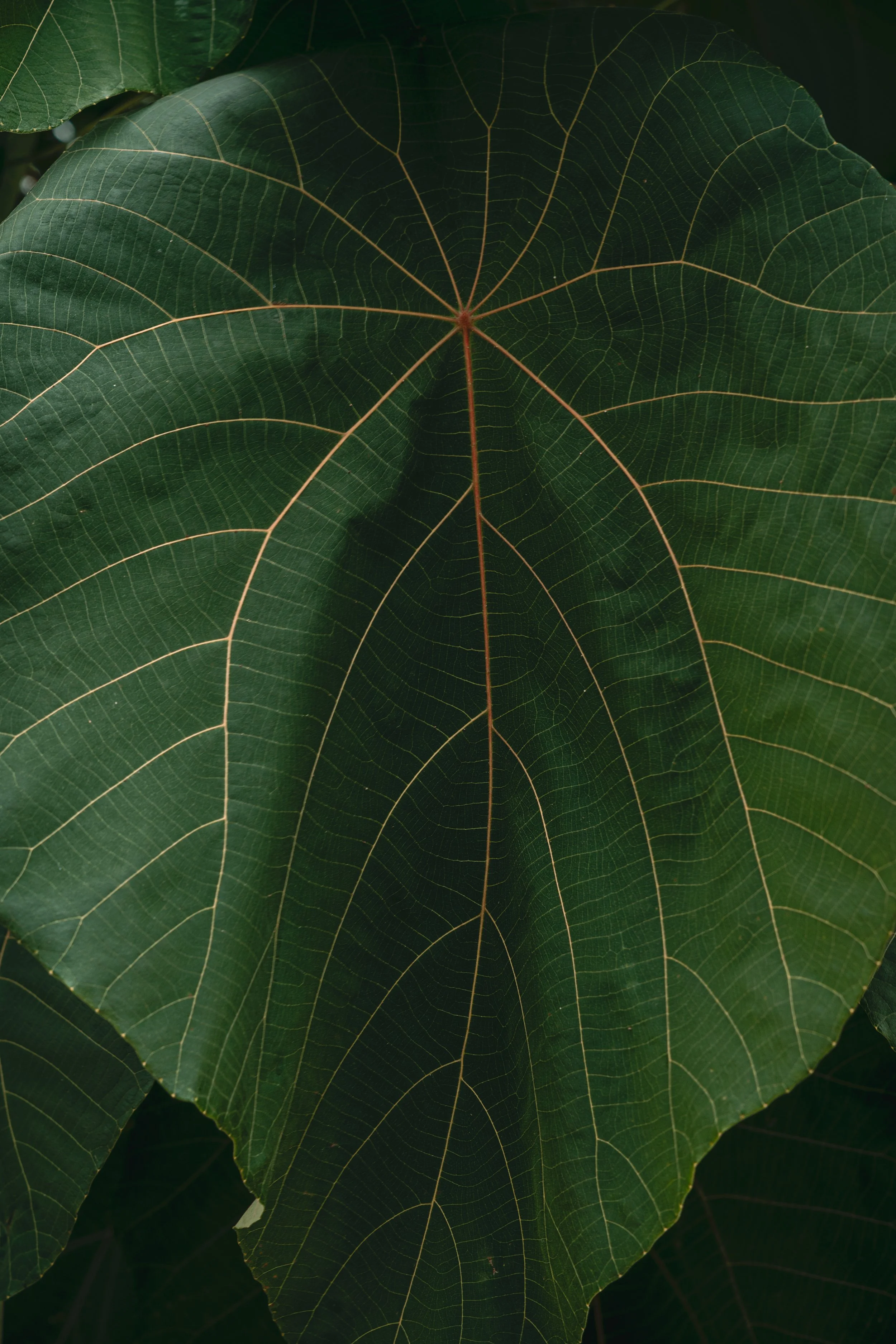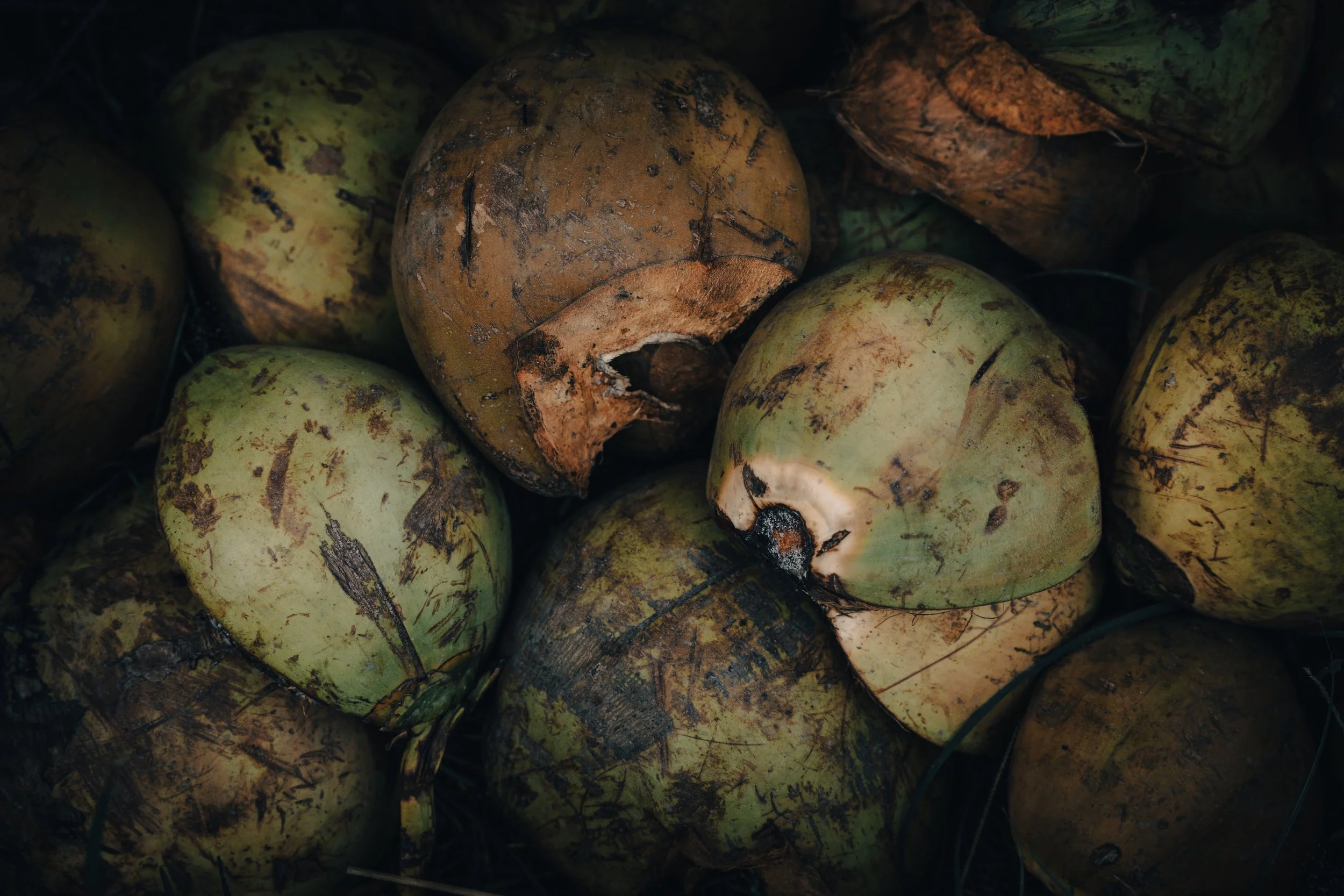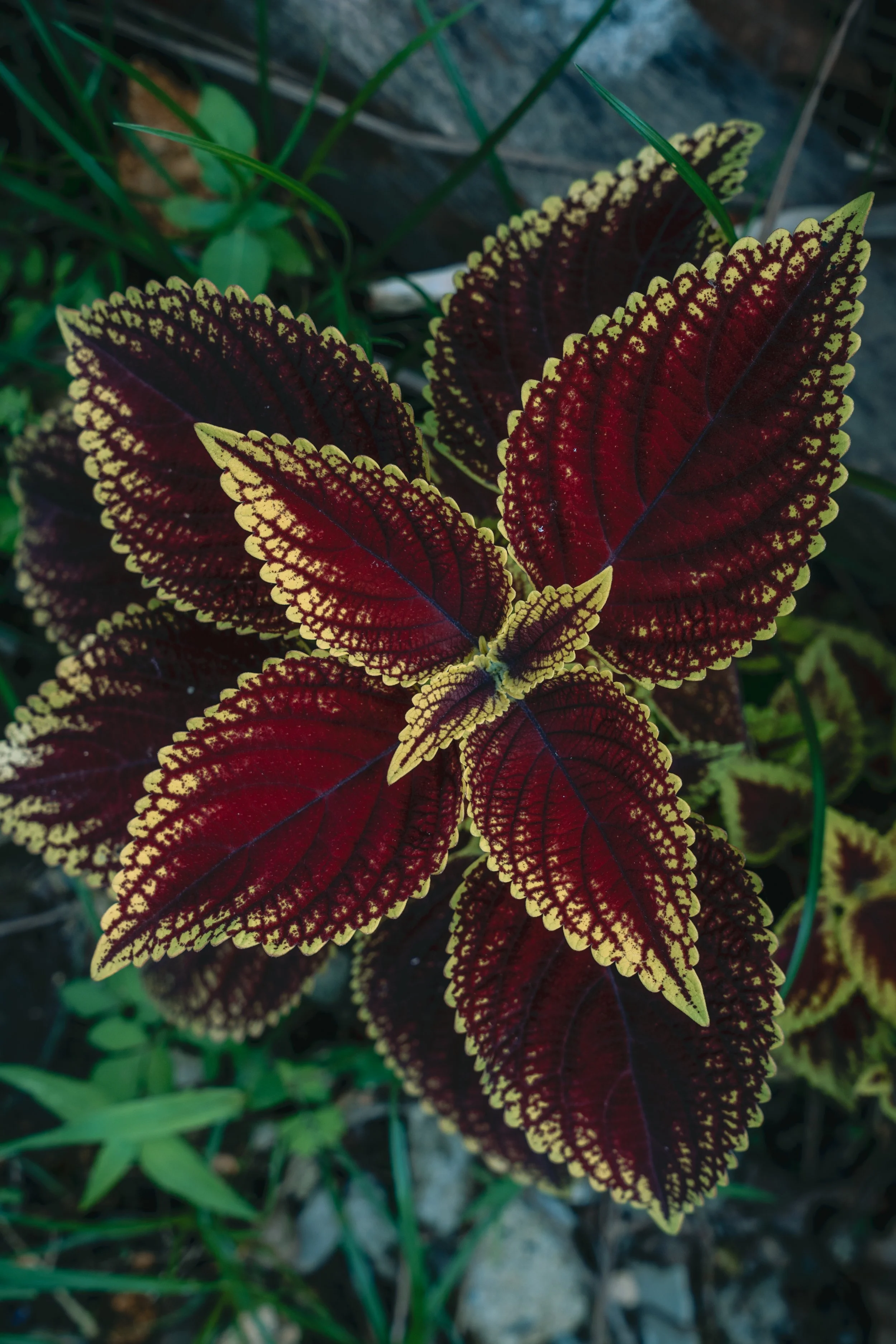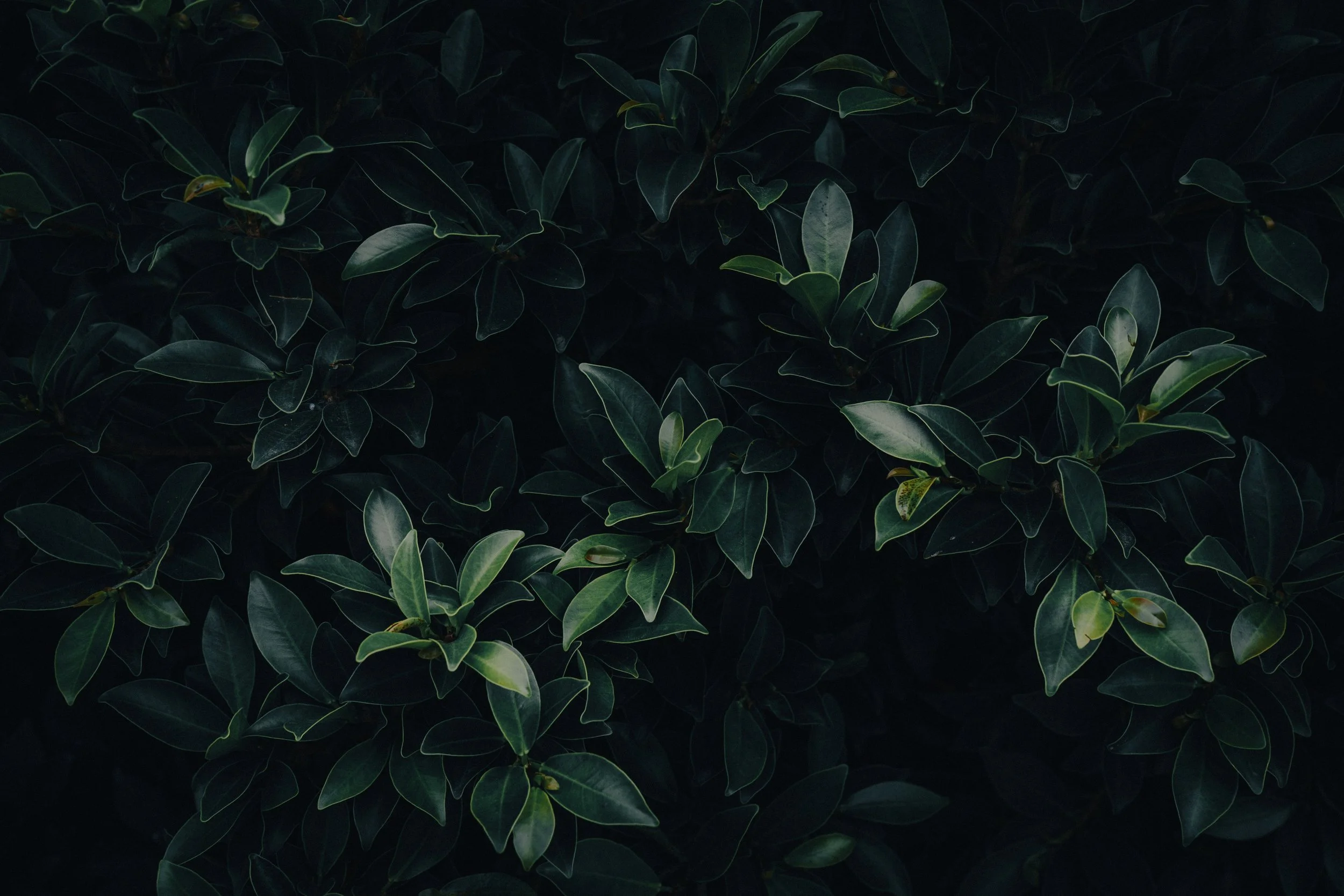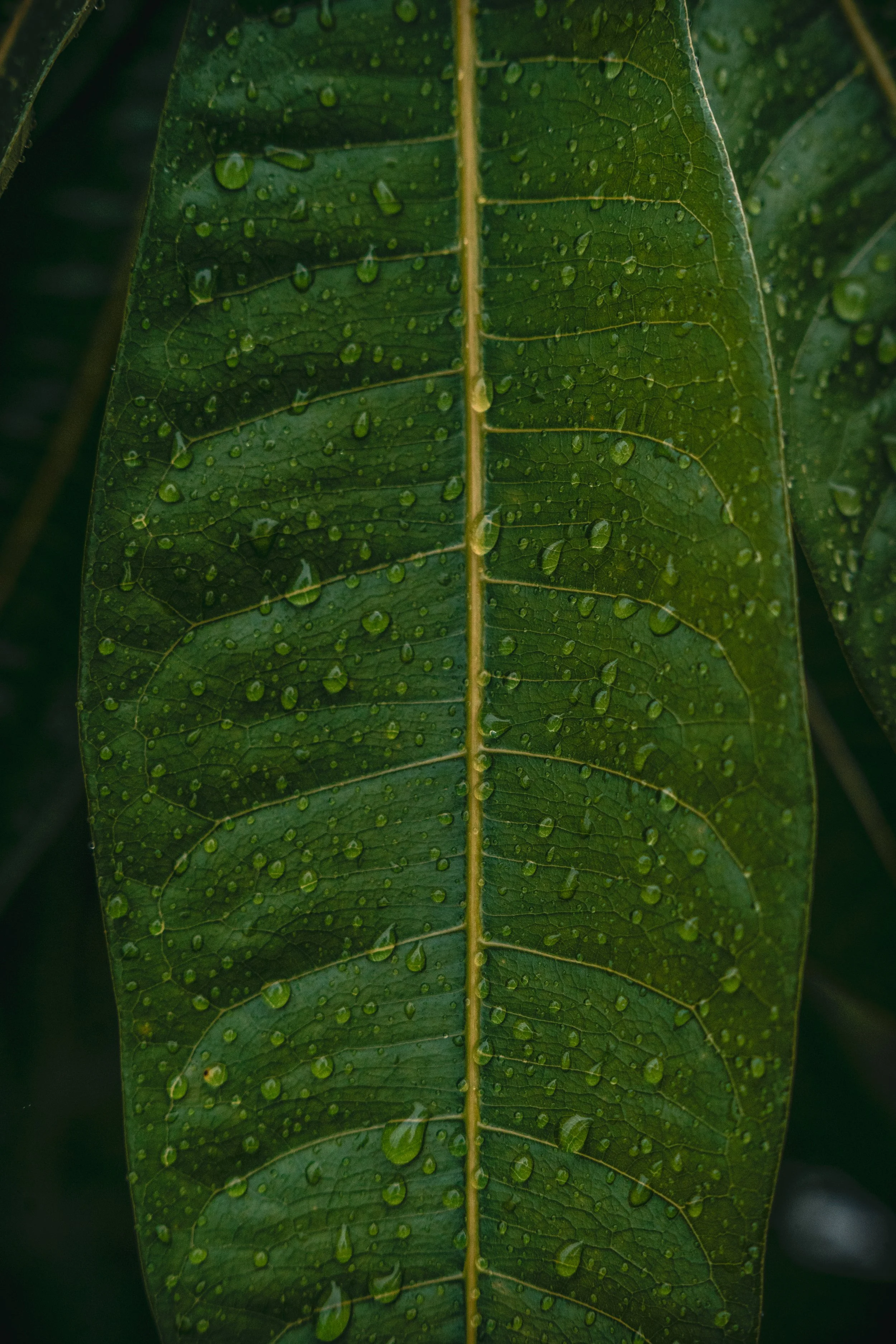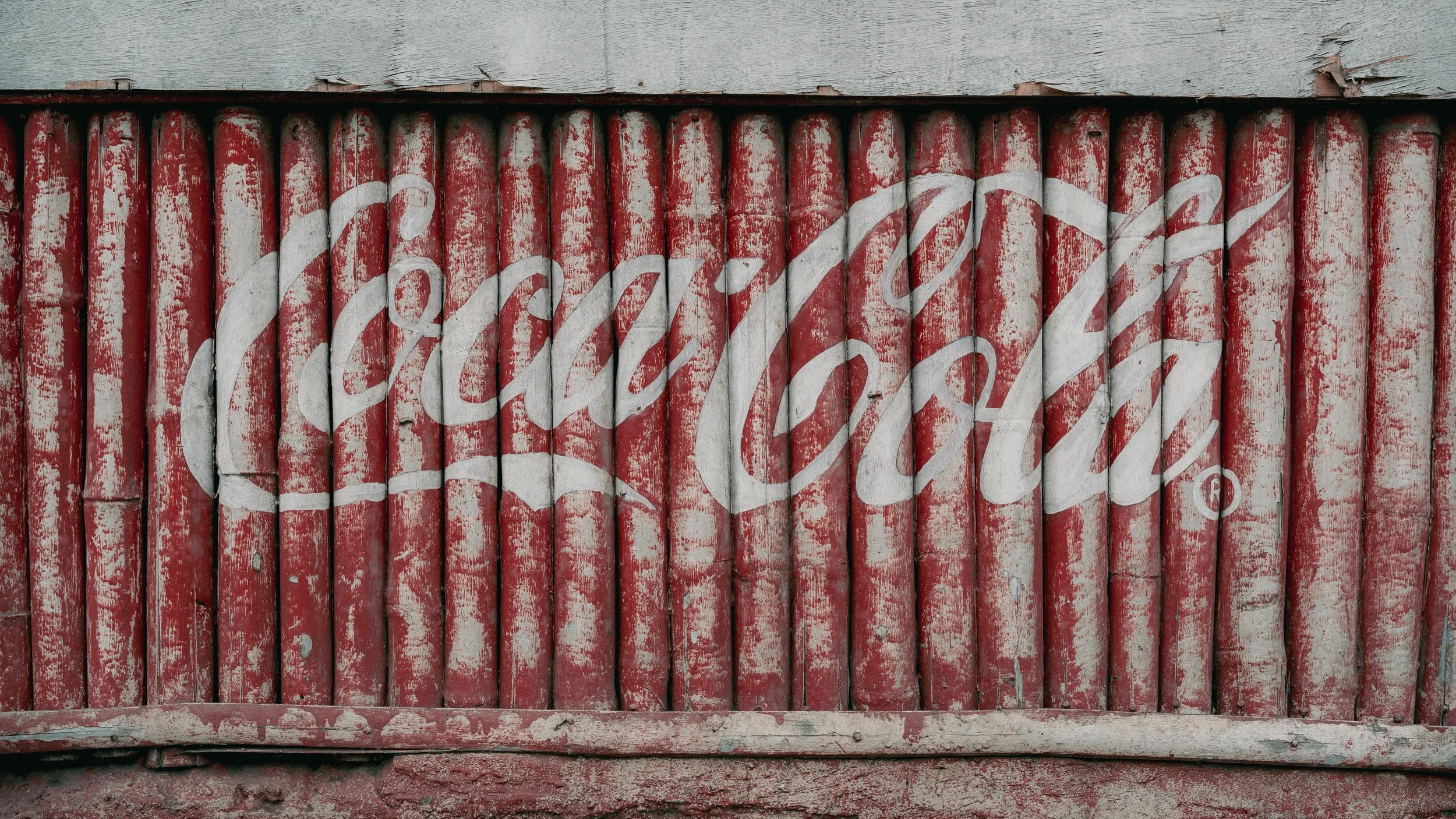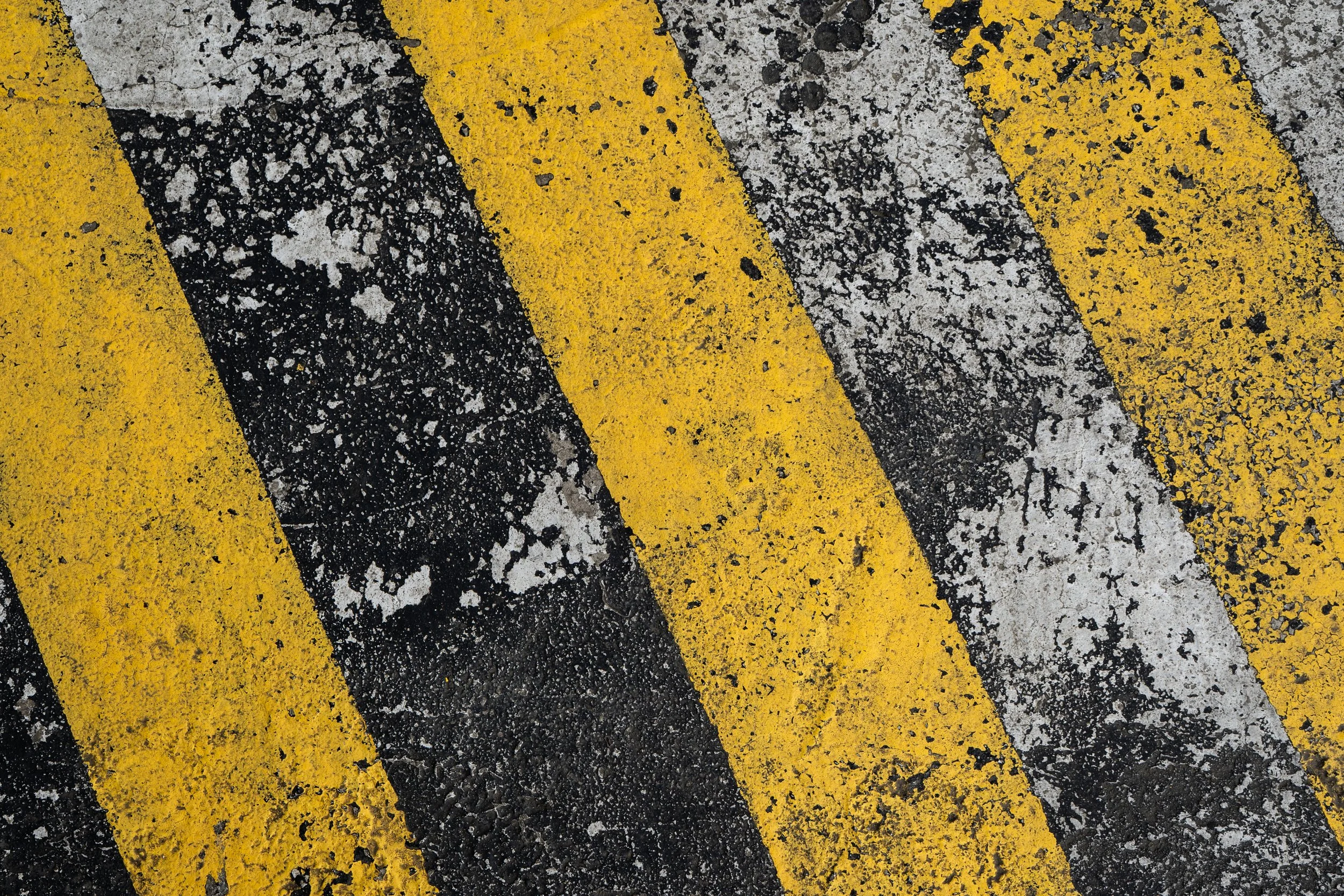
Textures of the philippines
This ongoing series serves as a visual exploration of the surfaces that surround us every day. They are found on rough walls, weathered wood, glistening water, and the fabrics of daily life. These textures shape our experience, yet they often go unnoticed. Through this series, I aim to draw attention to the small details, the patterns and materials that quietly tell the story of life in the Philippines.
Echoes in every surface
It amazes me to think about how some textures have been around for hundreds of years. Here in the Philippines, much of what you see has stood the test of time, weathered by the elements, and quite literally represents history before your eyes. During the Spanish colonization, which began in 1521, much of the architecture was built in the traditional Spanish style. Many of those walls remain today, and if they could speak, they would tell stories of conquest, trial, and triumph.
Just as history is written in old walls, the present is written in the colors, patterns, and materials that shape our everyday world. Brightly painted buildings, woven fabrics, tiled floors, and corrugated metal roofs all create a visual language of the modern Philippines. These textures are part of the man-made world around us, each surface reflecting the choices, creativity, and energy of the people who live here. Together, they form a vibrant, ever-changing tapestry that continues to tell the story of life in this place.
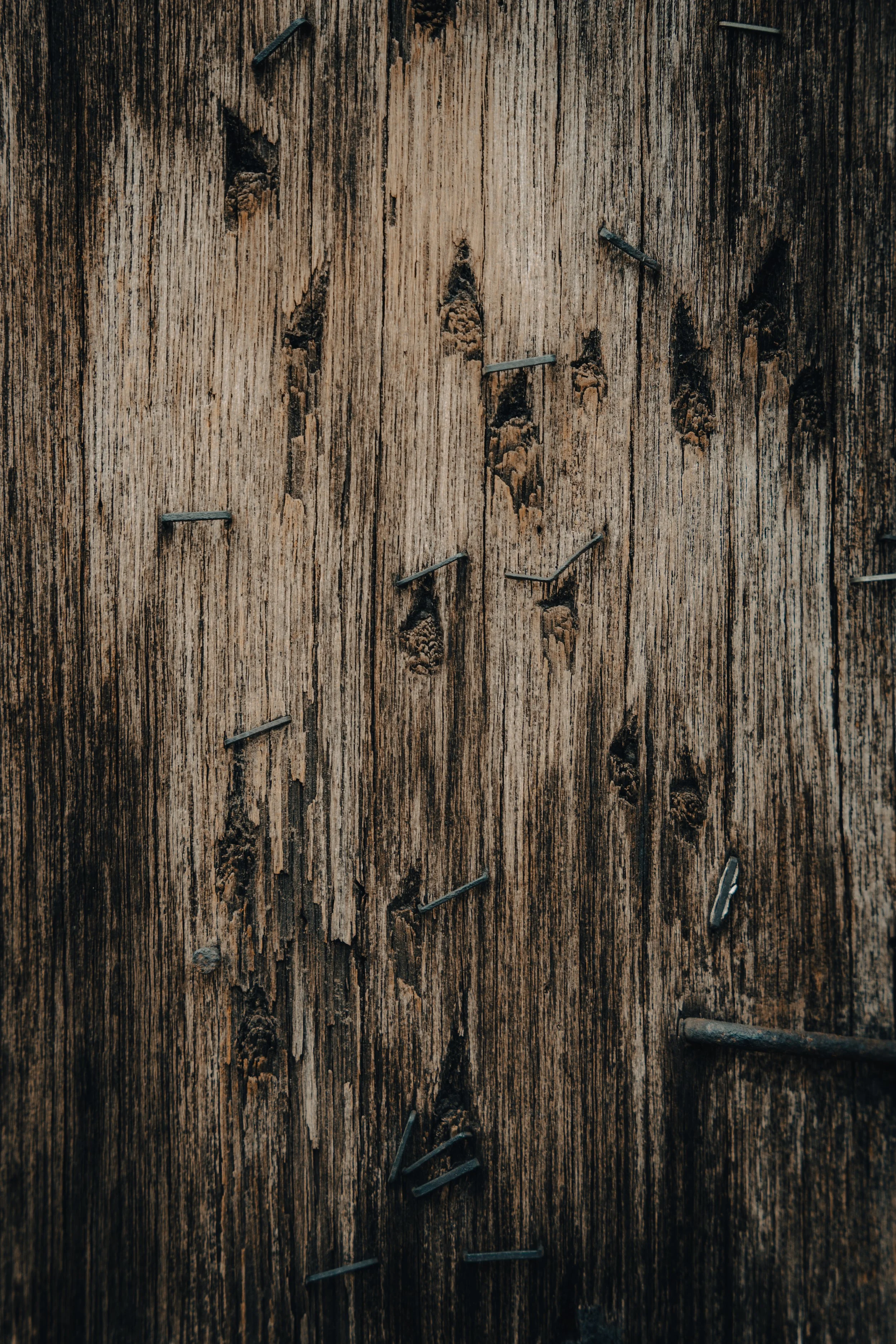
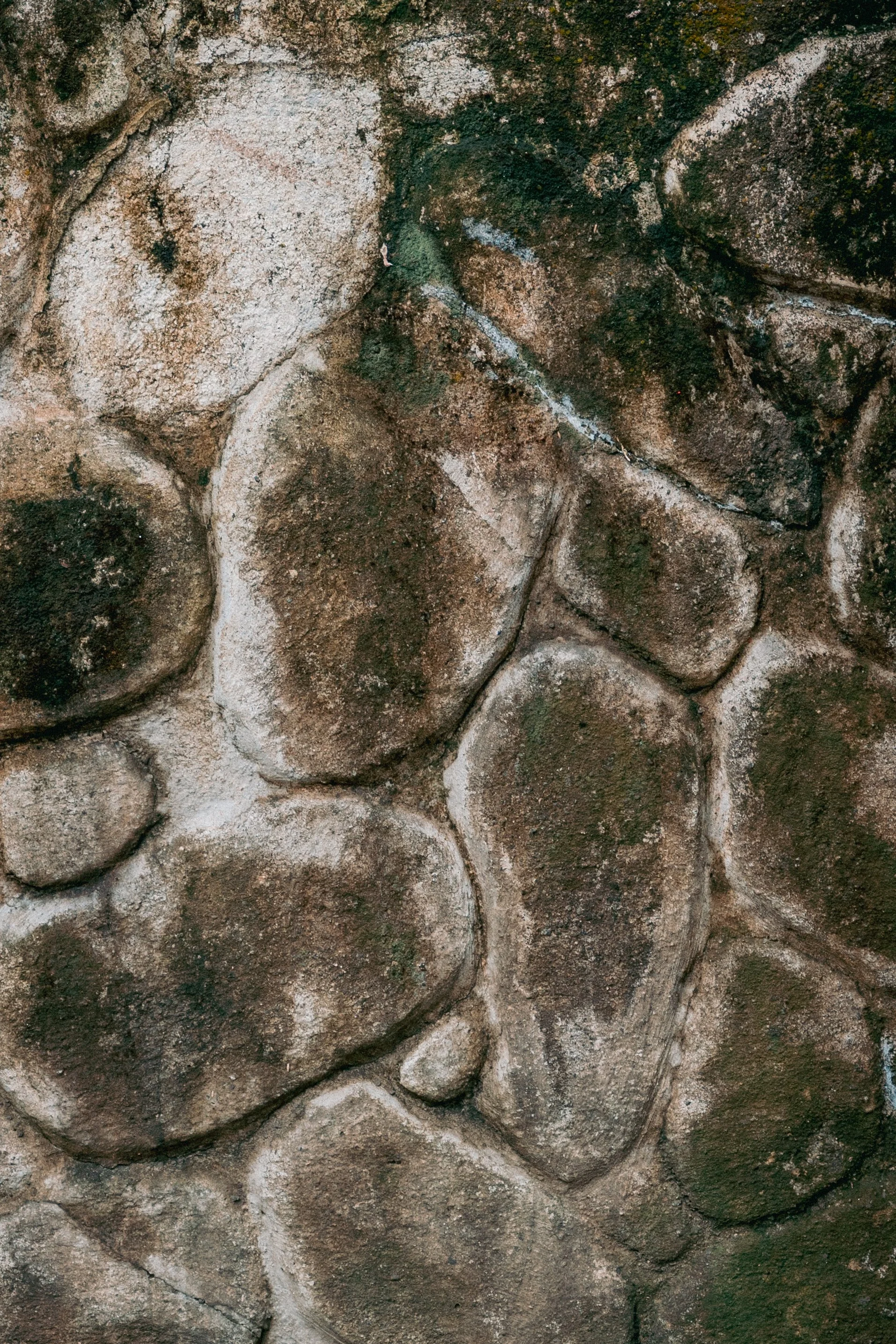
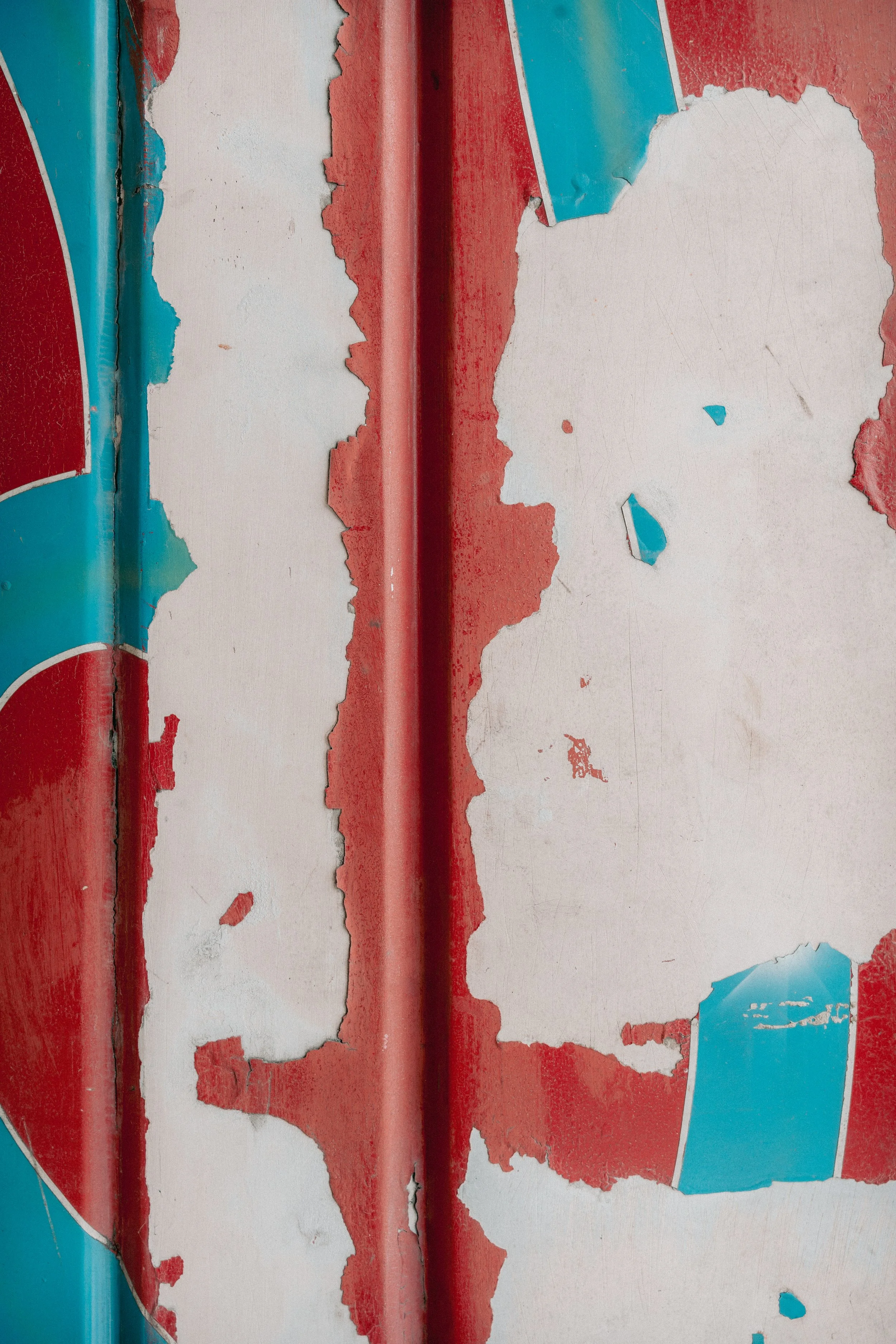
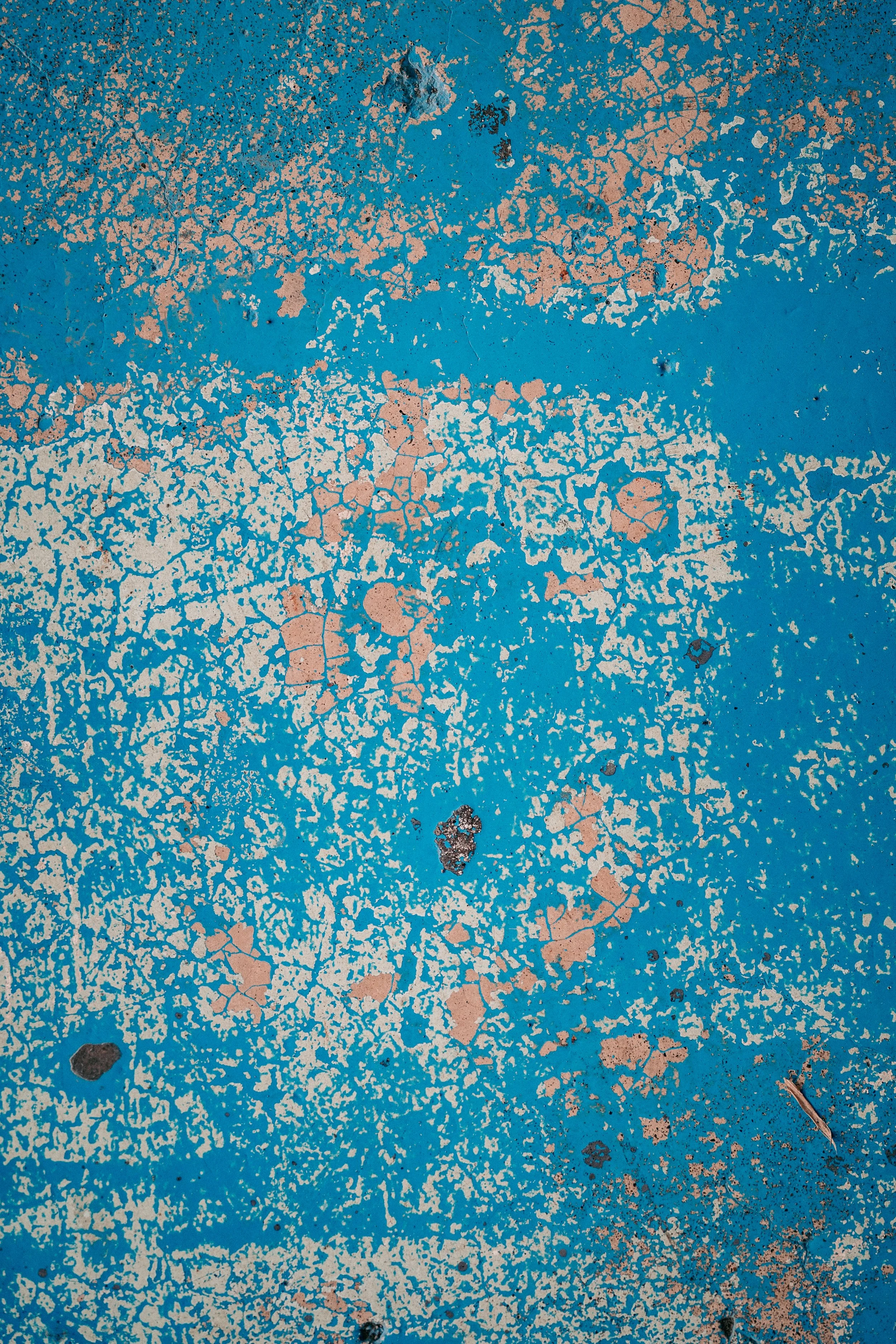
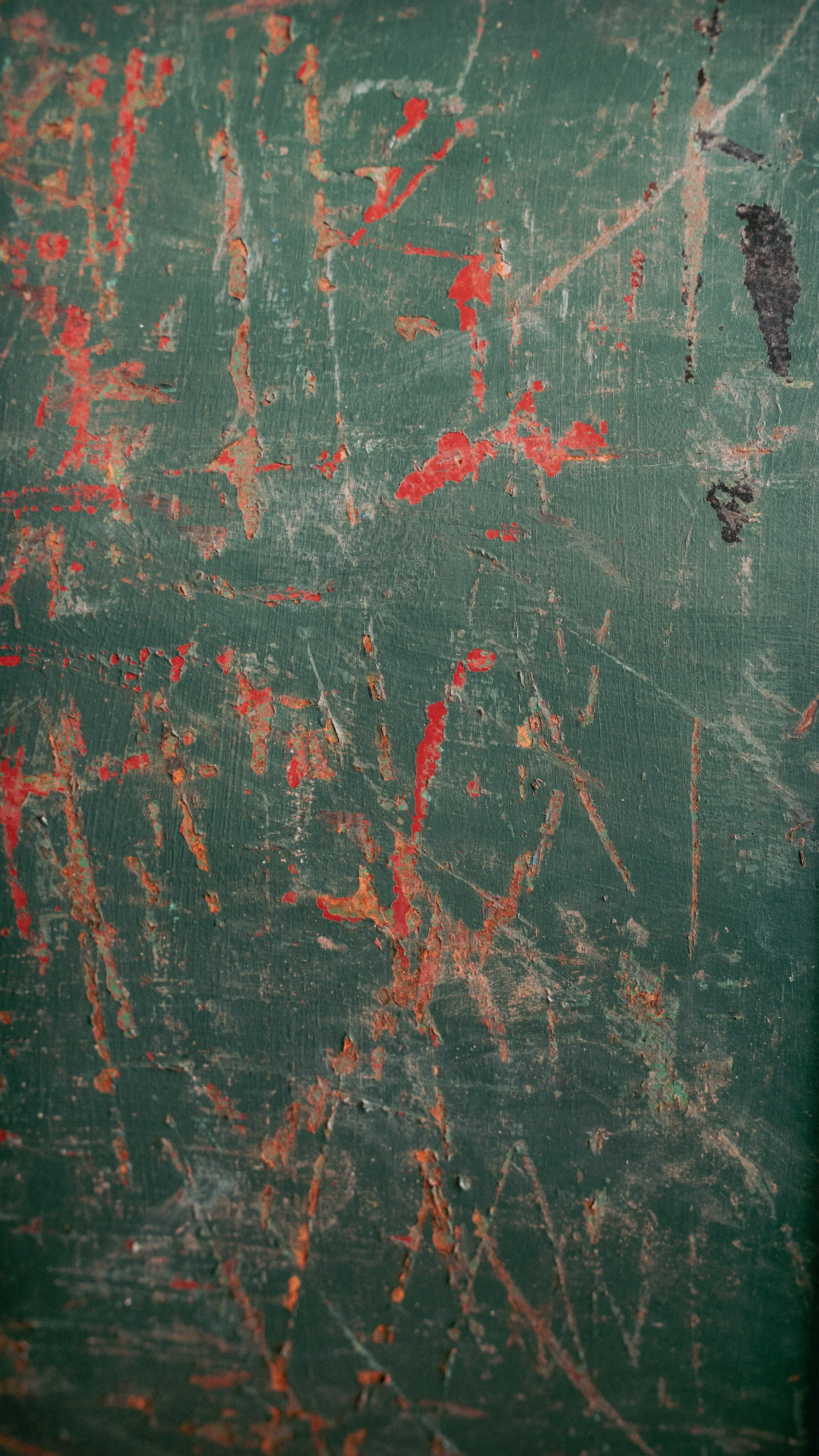
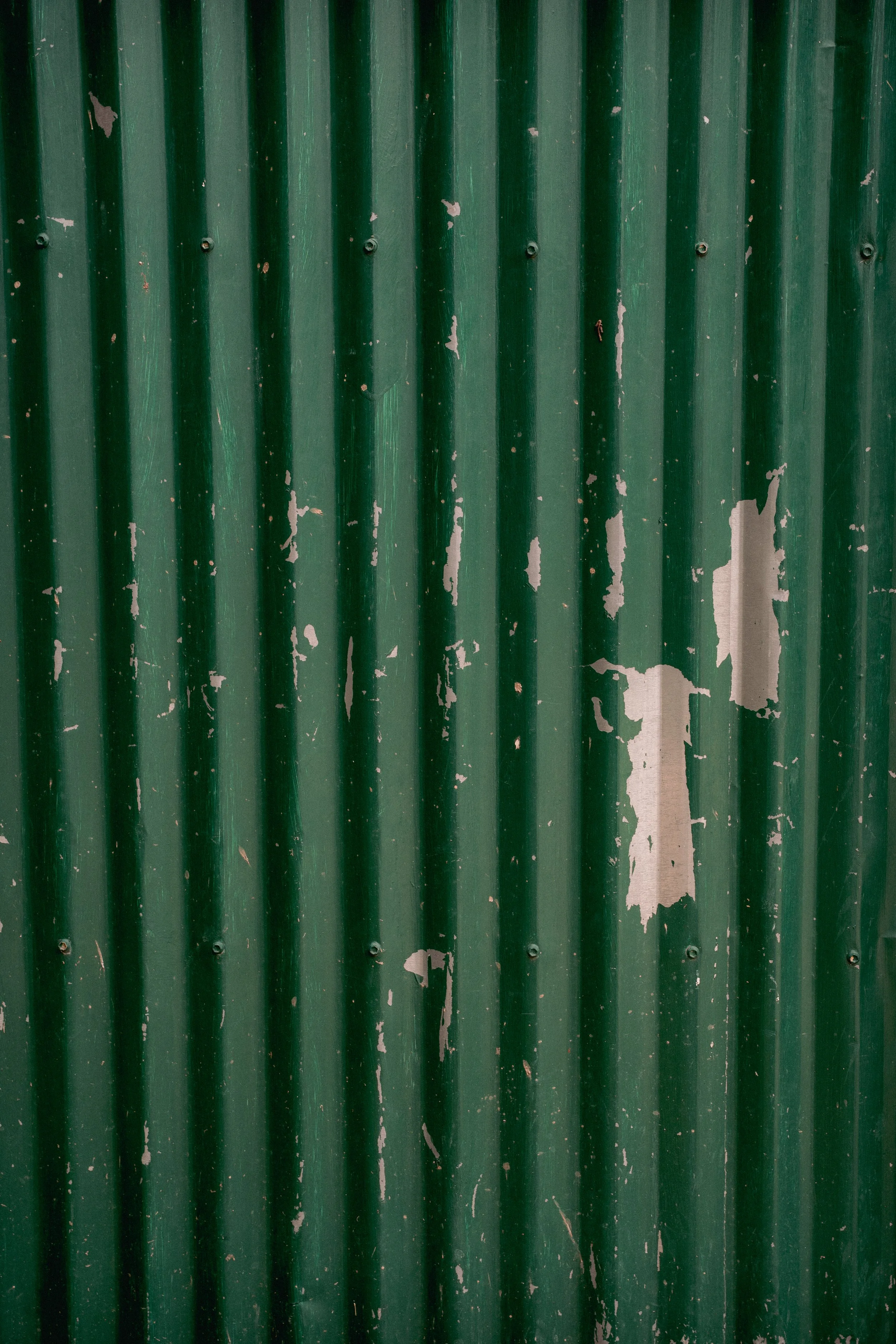

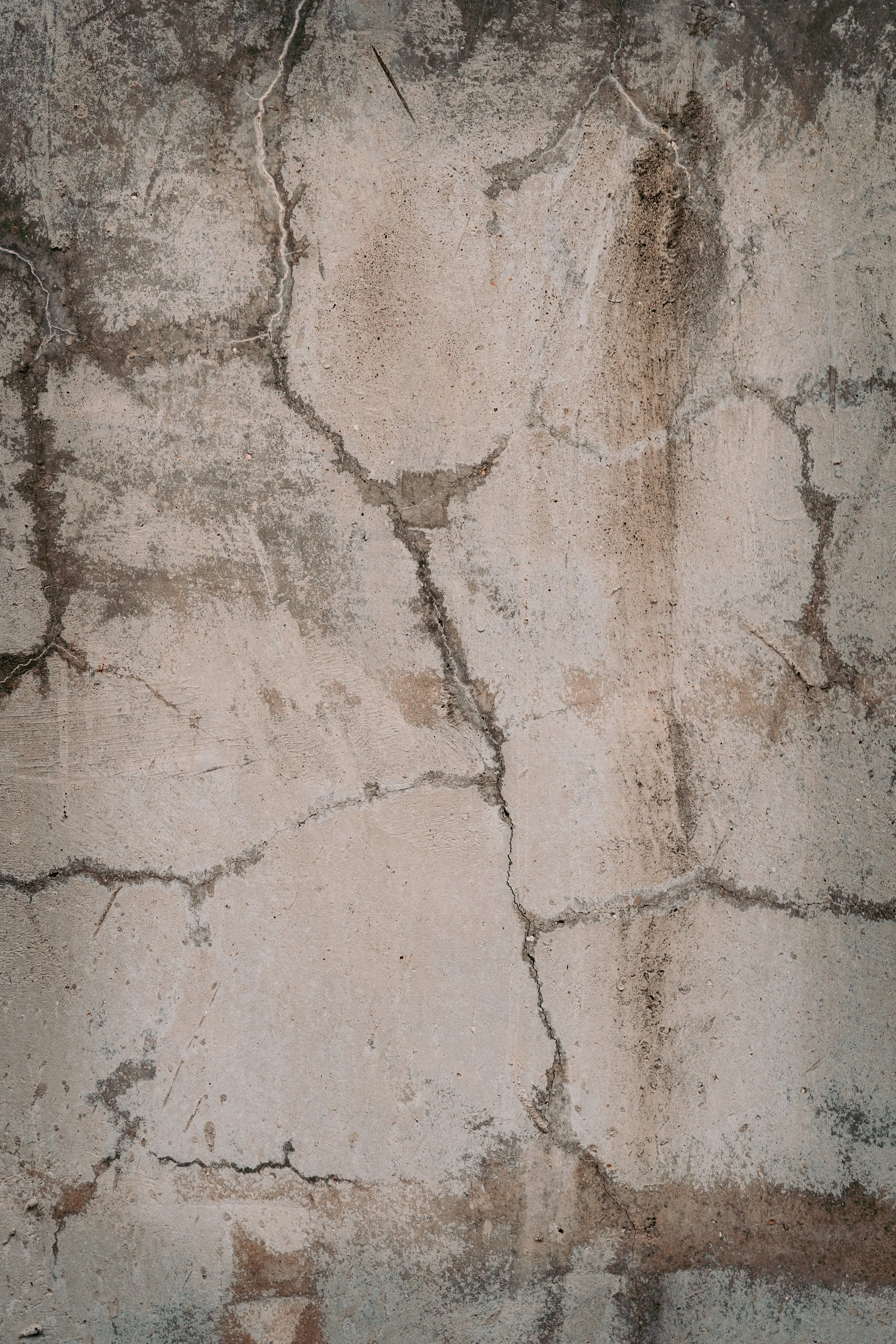
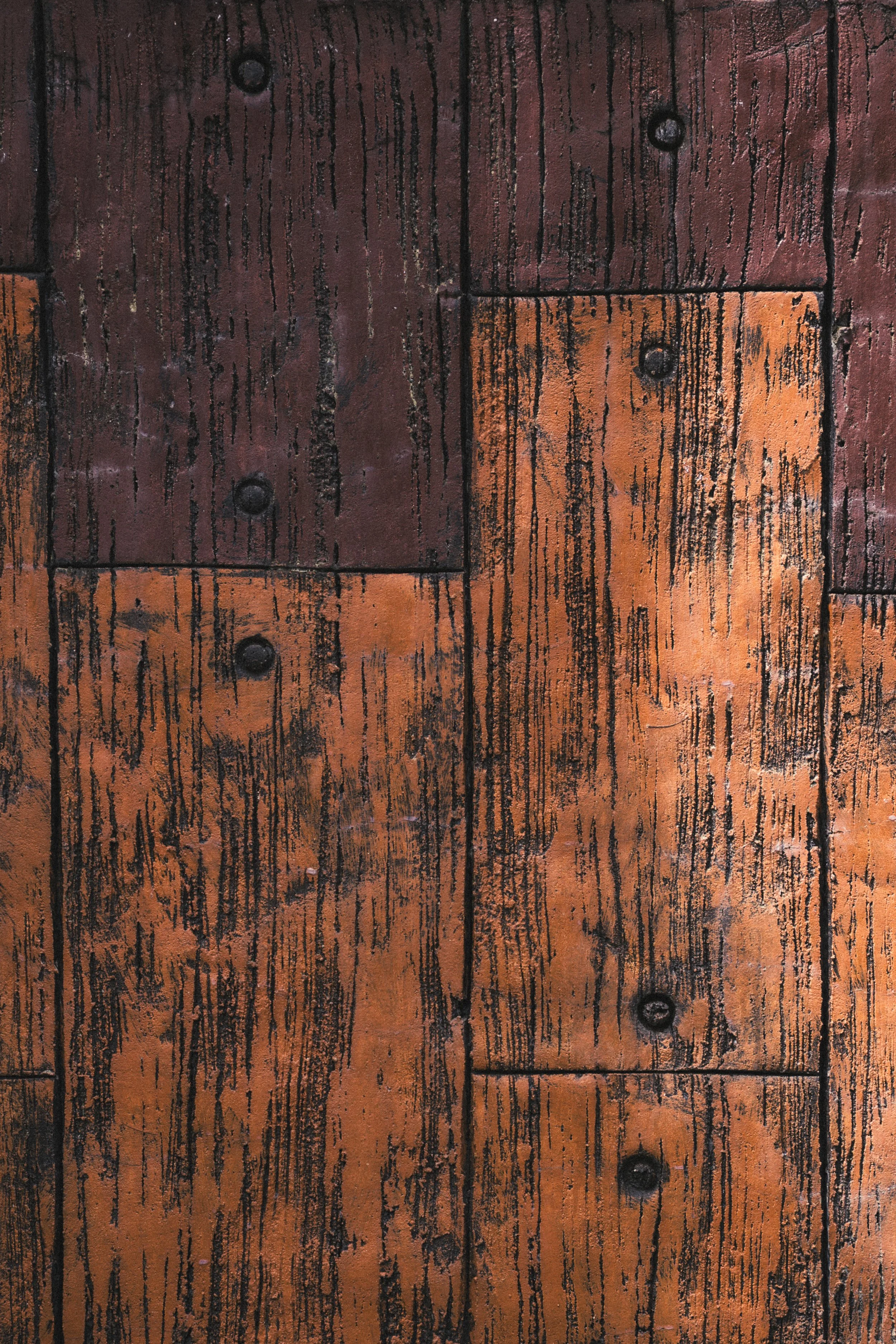
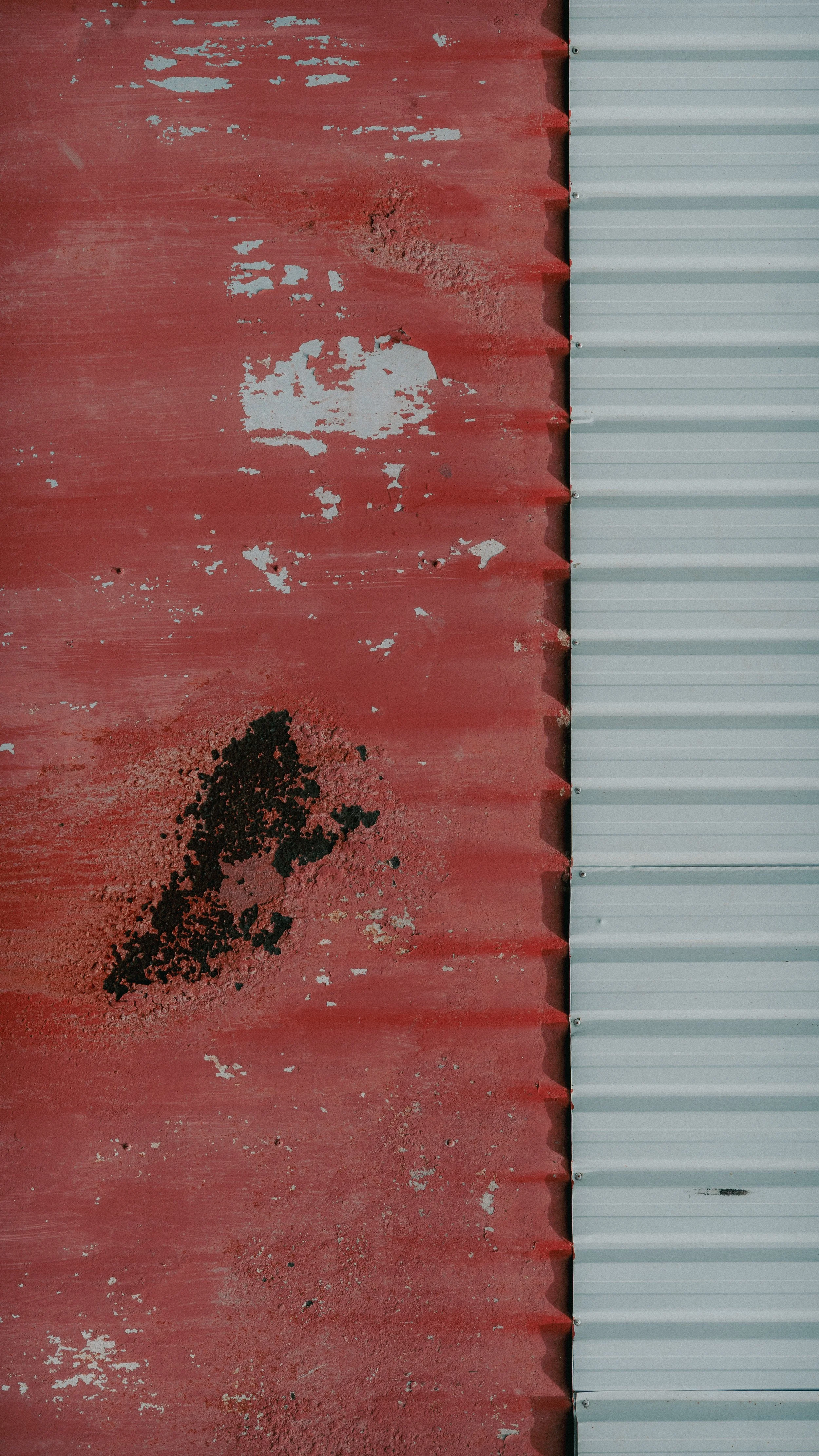

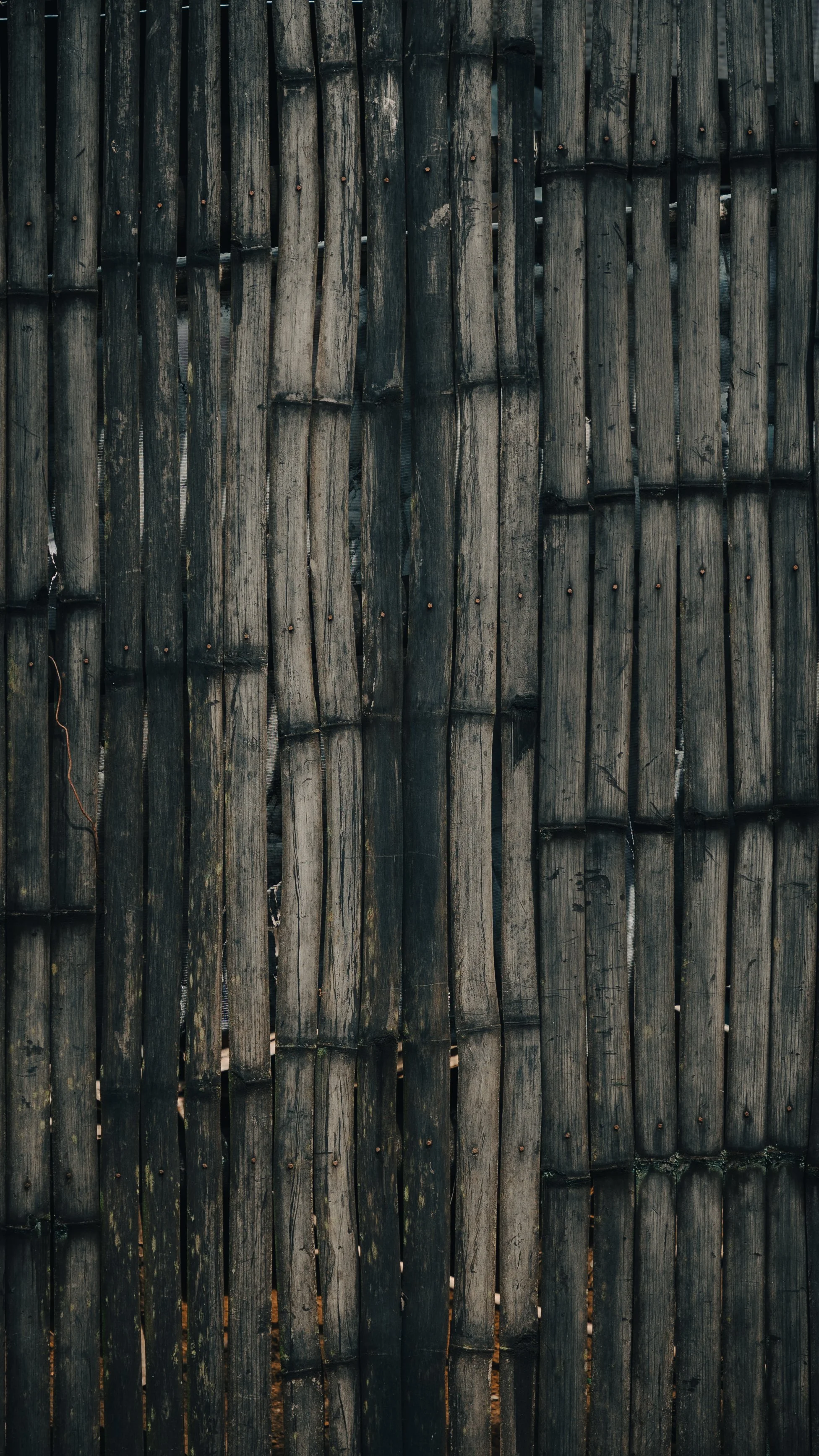
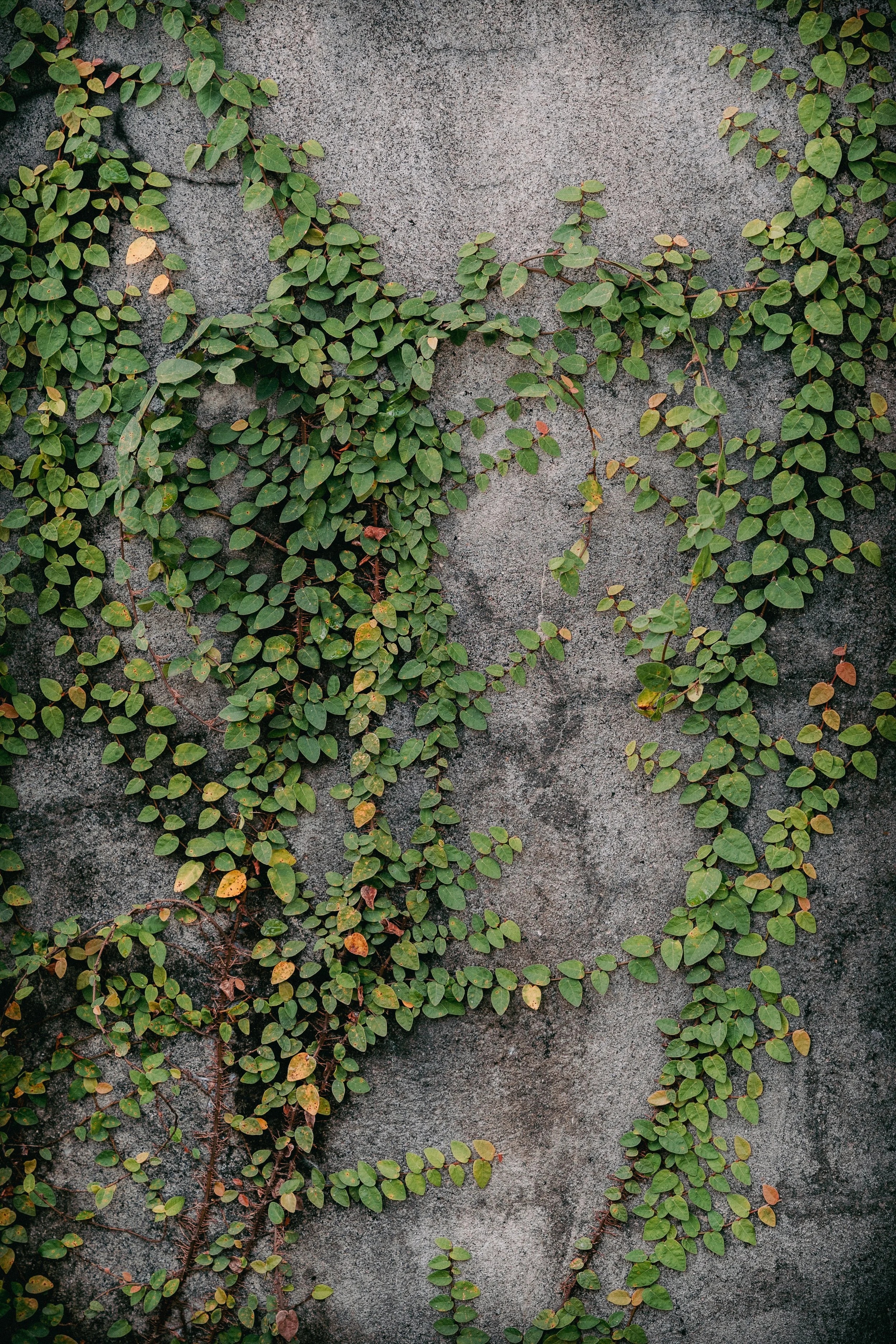
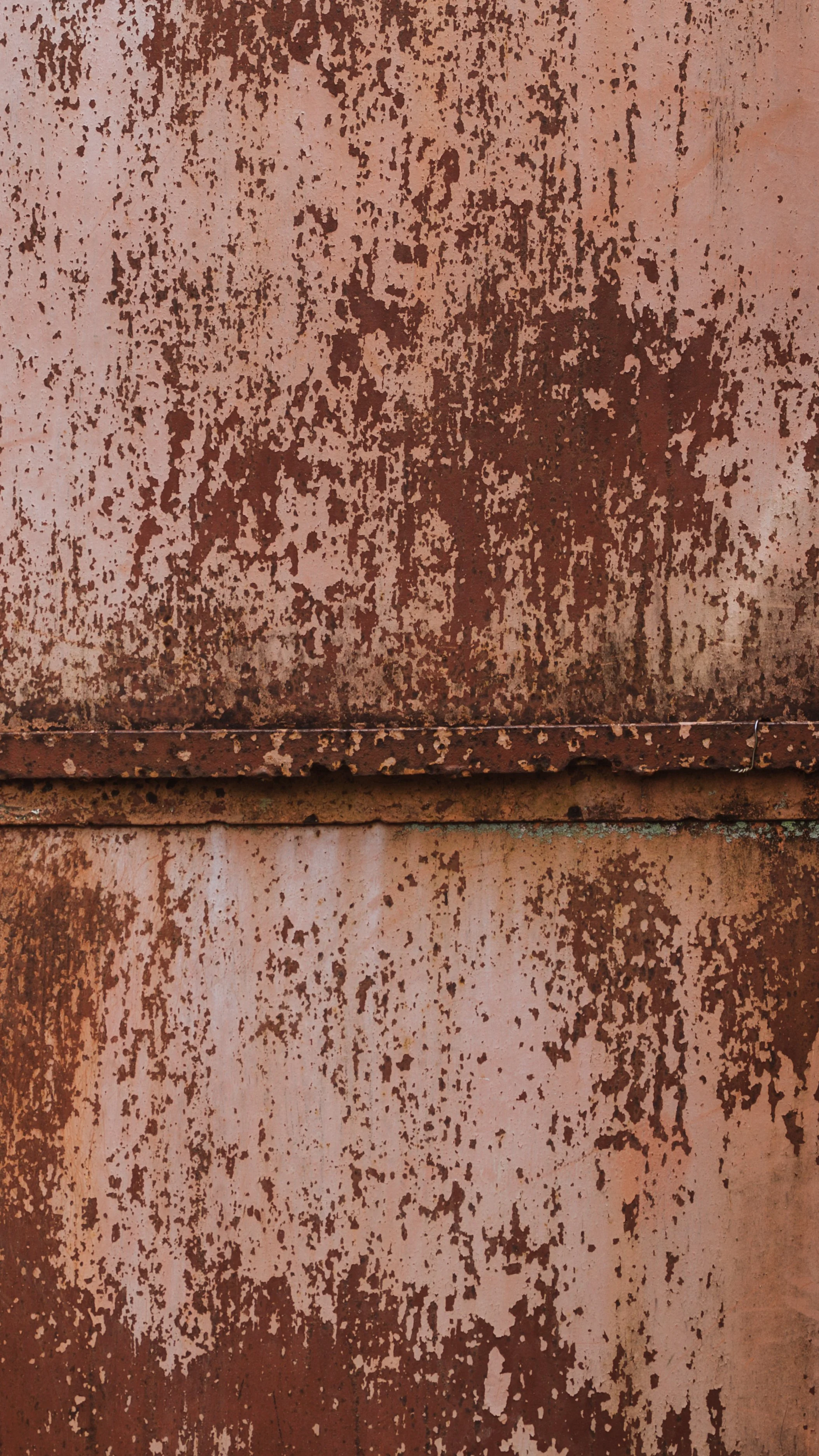
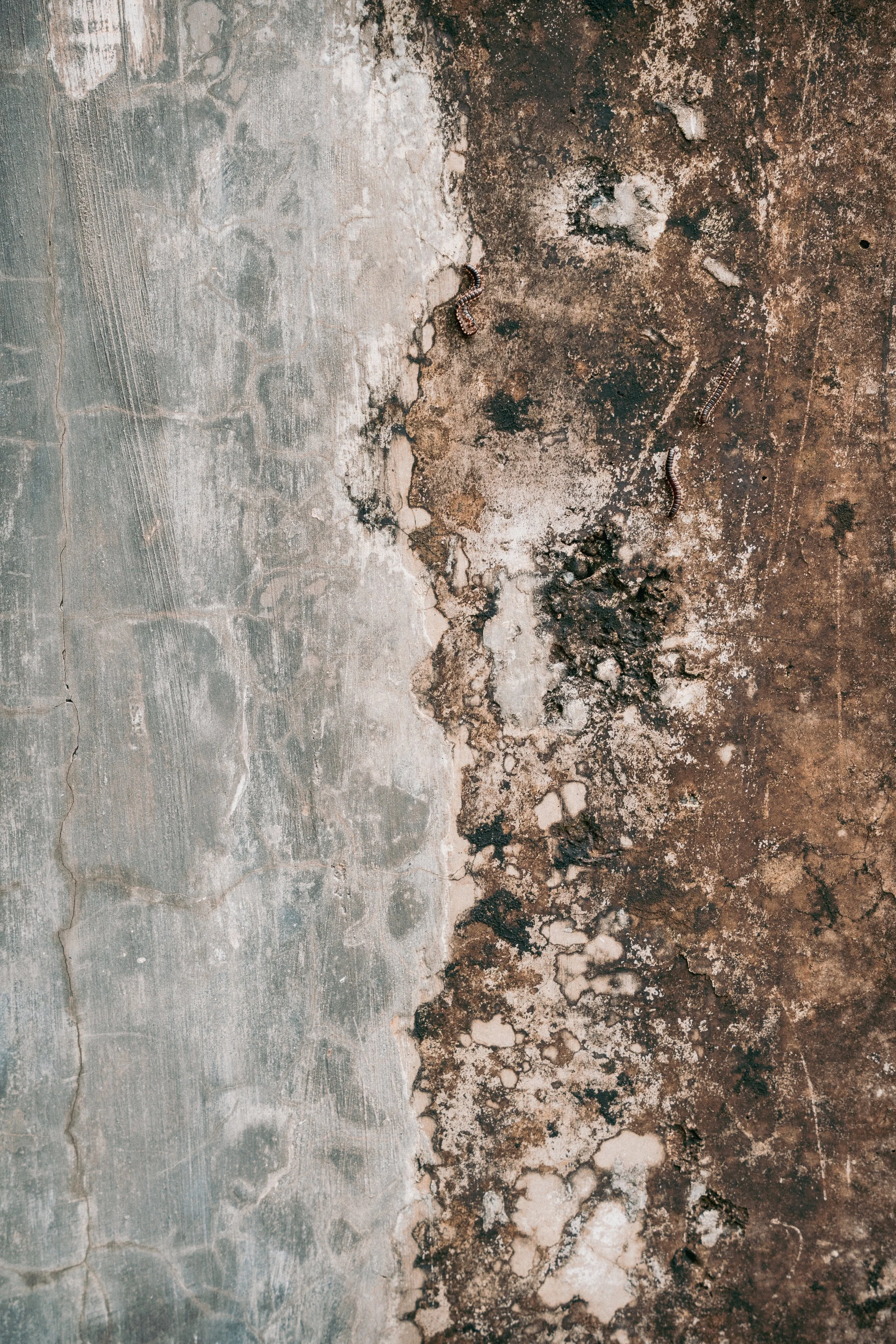
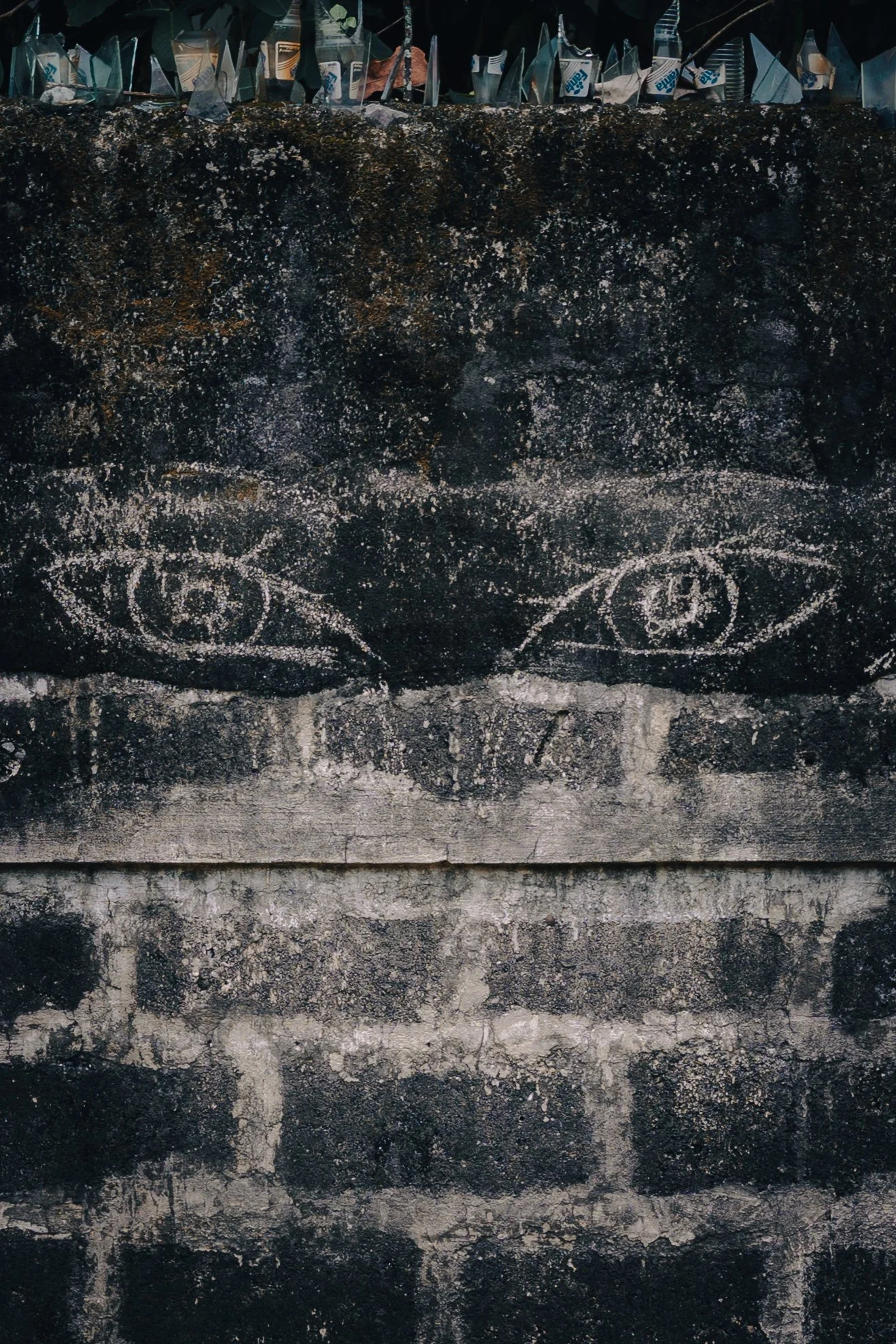
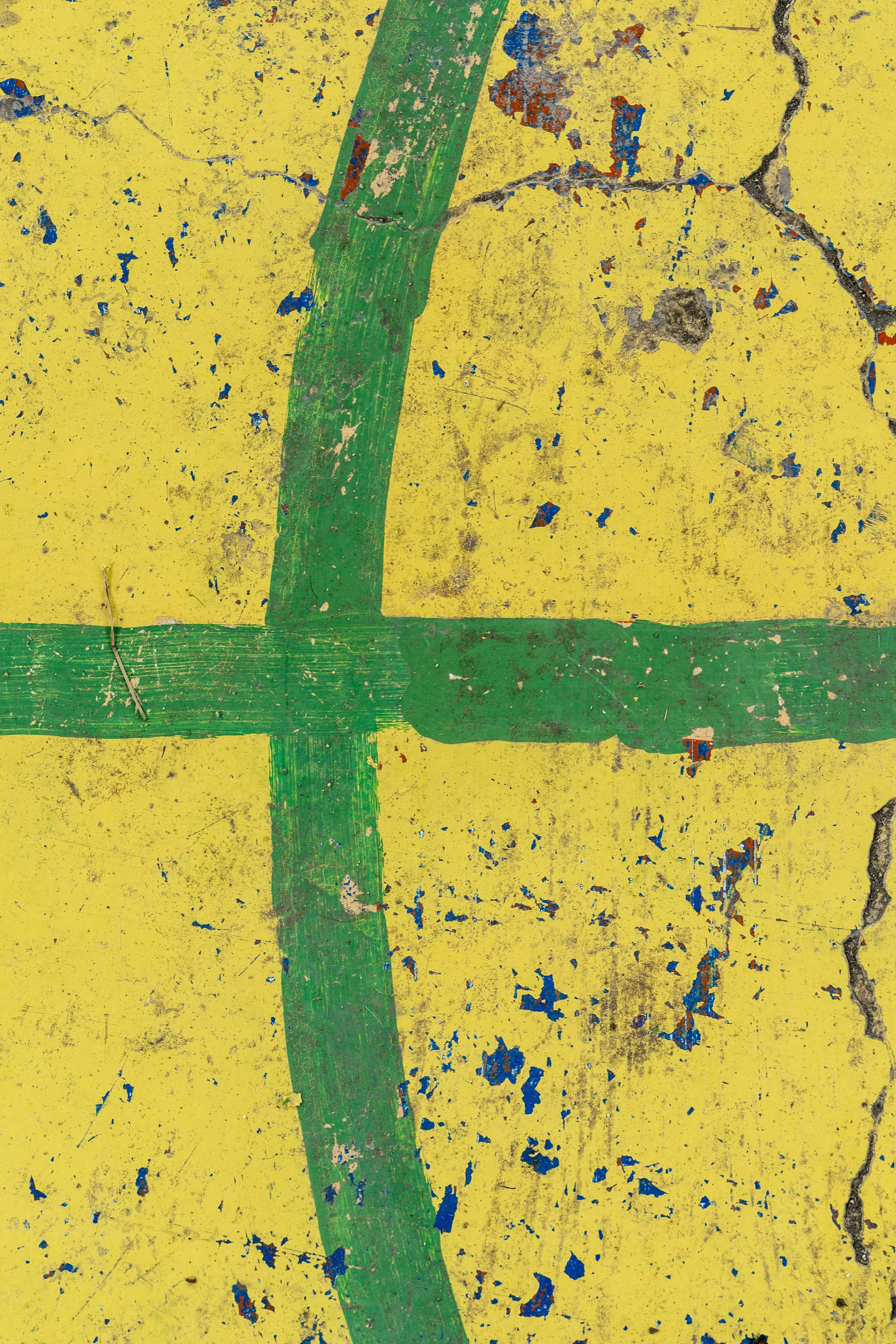
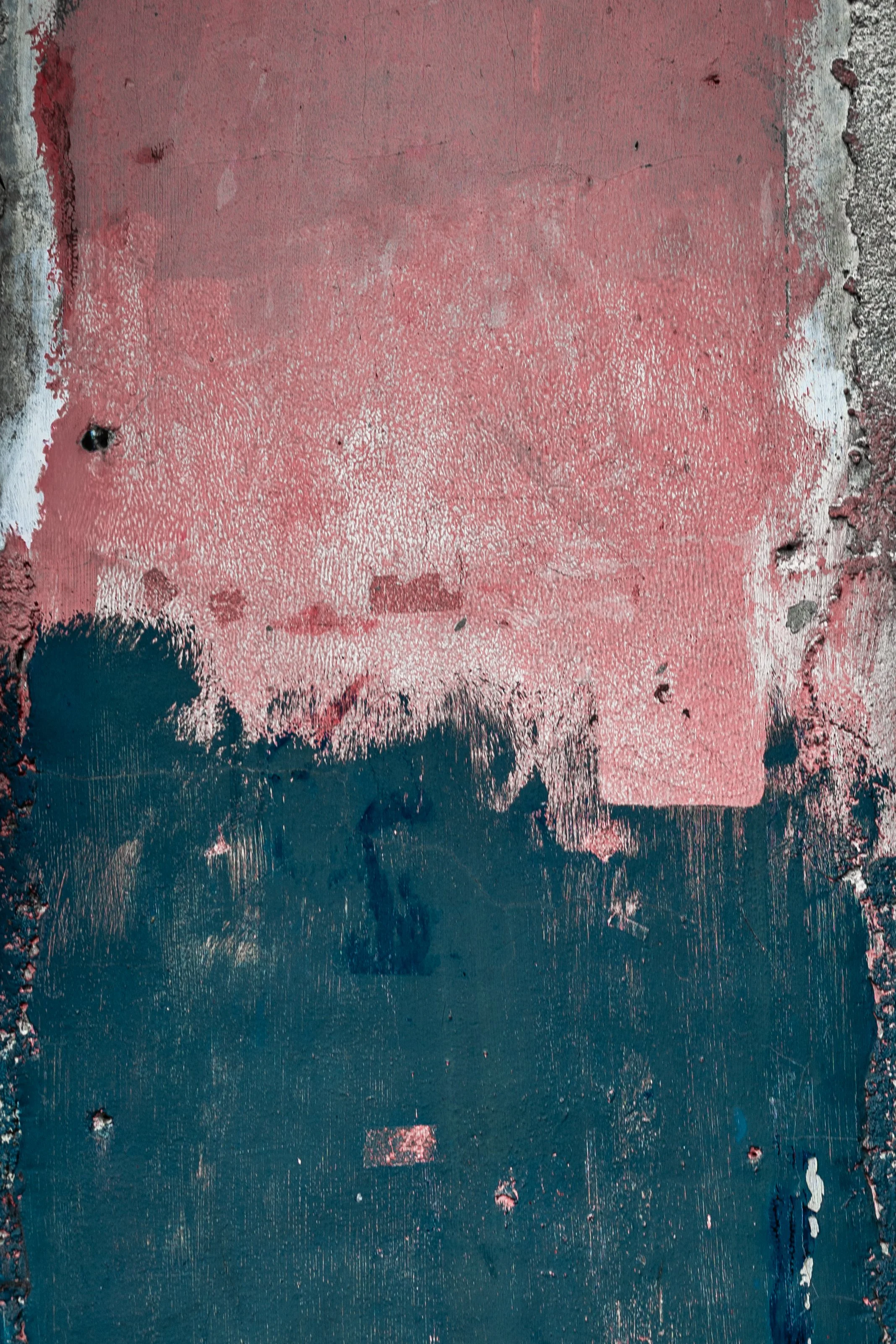

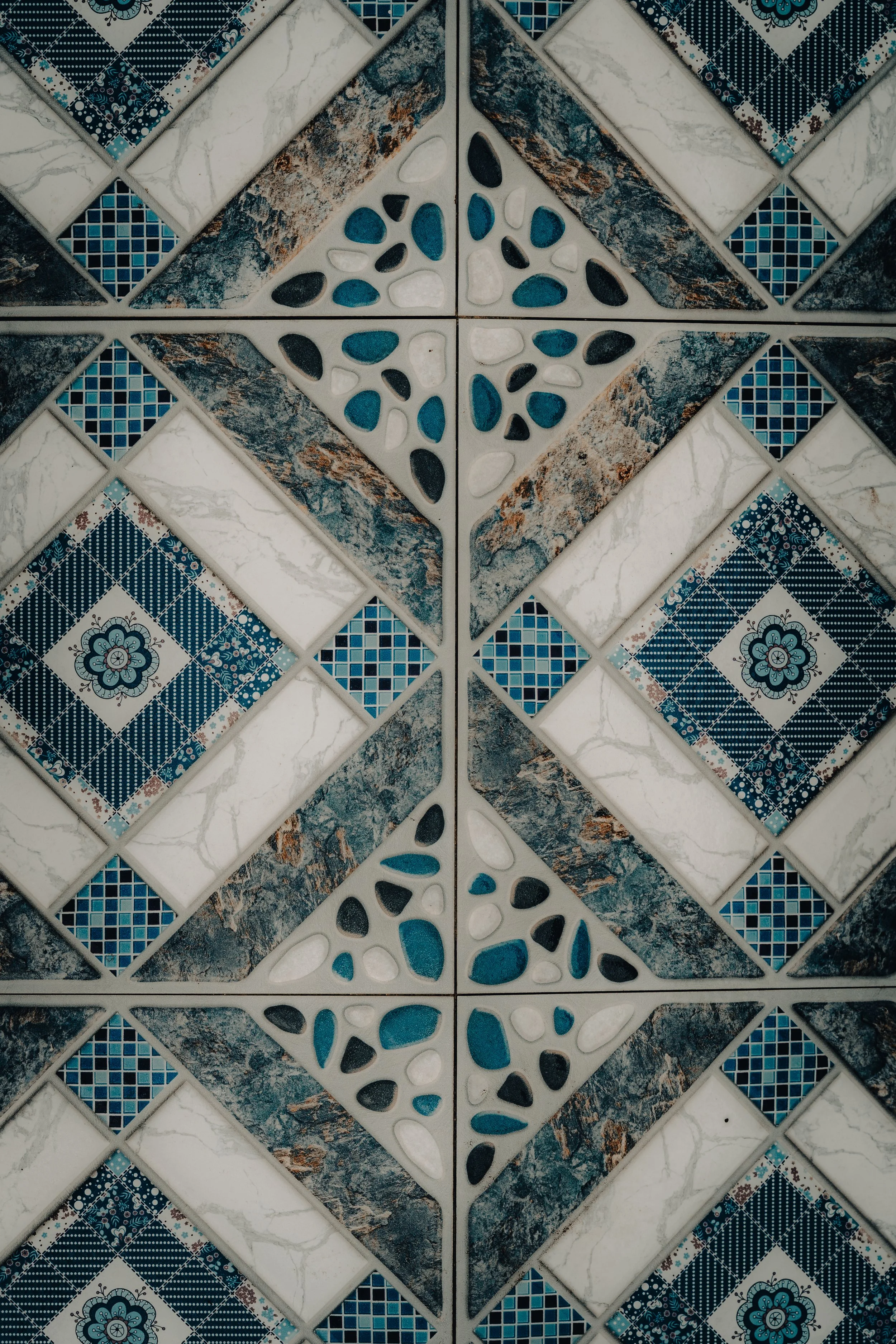
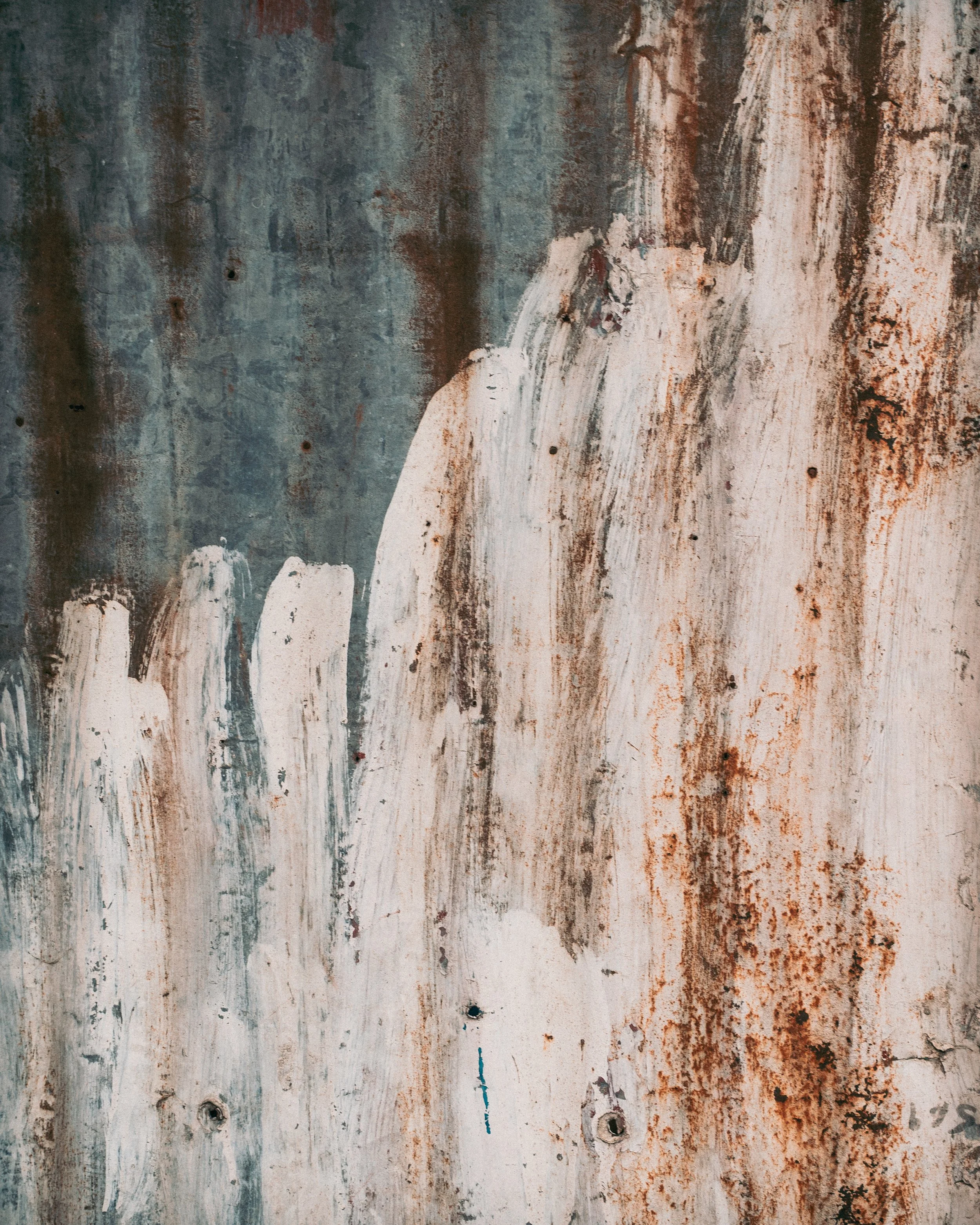
Written in Nature
Not all textures are man-made. In nature, we see God’s handiwork in every surface. The veins of a leaf, the rough bark of a tree, the delicate patterns of petals, and the curves of shells along the shore all reveal a careful, creative touch. Even the moss on a stone carries a texture shaped by time, weather, and growth. These natural surfaces show how thoughtfully the world is made, and how much life is written into every detail.
